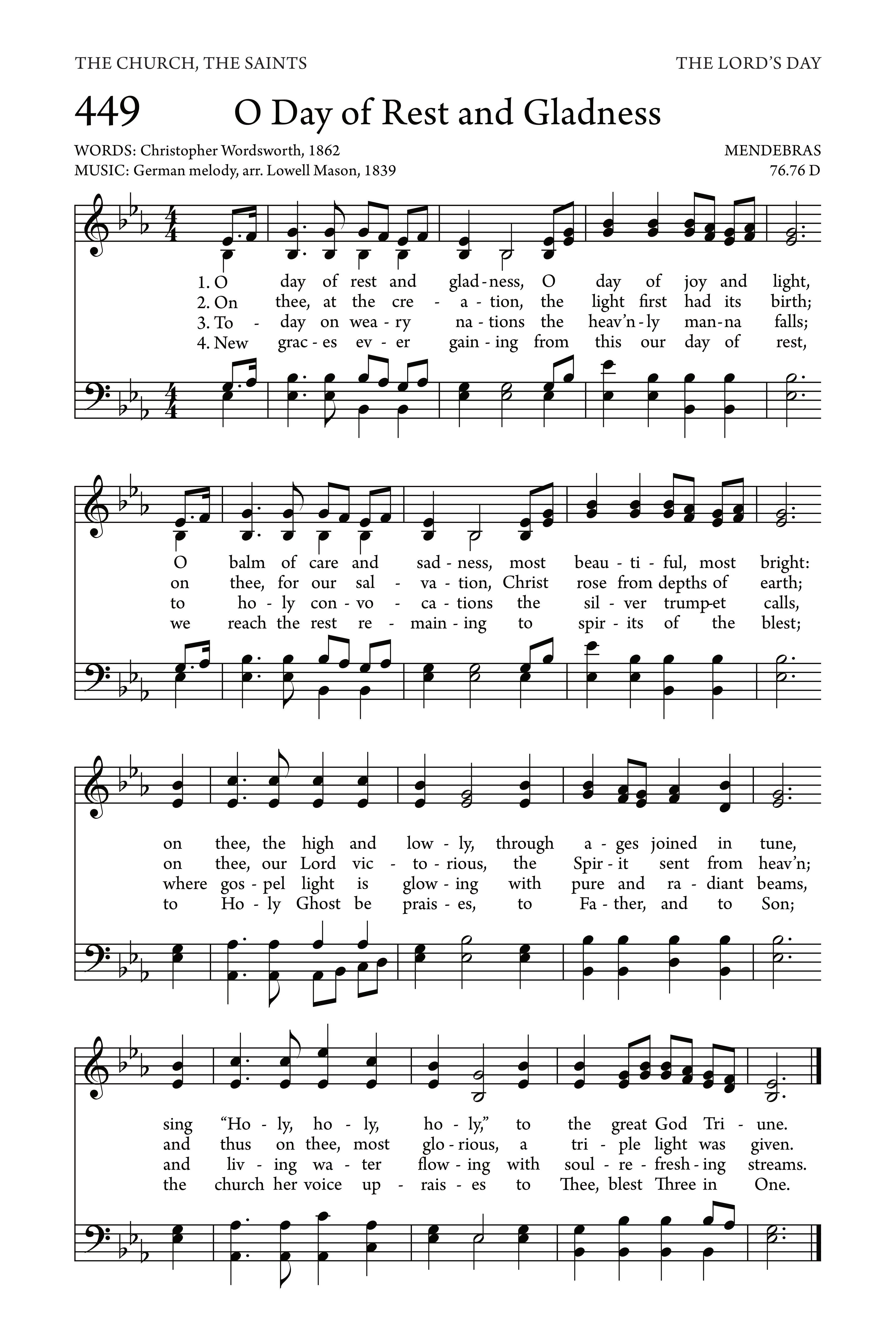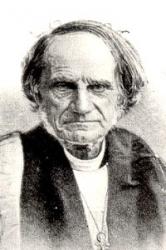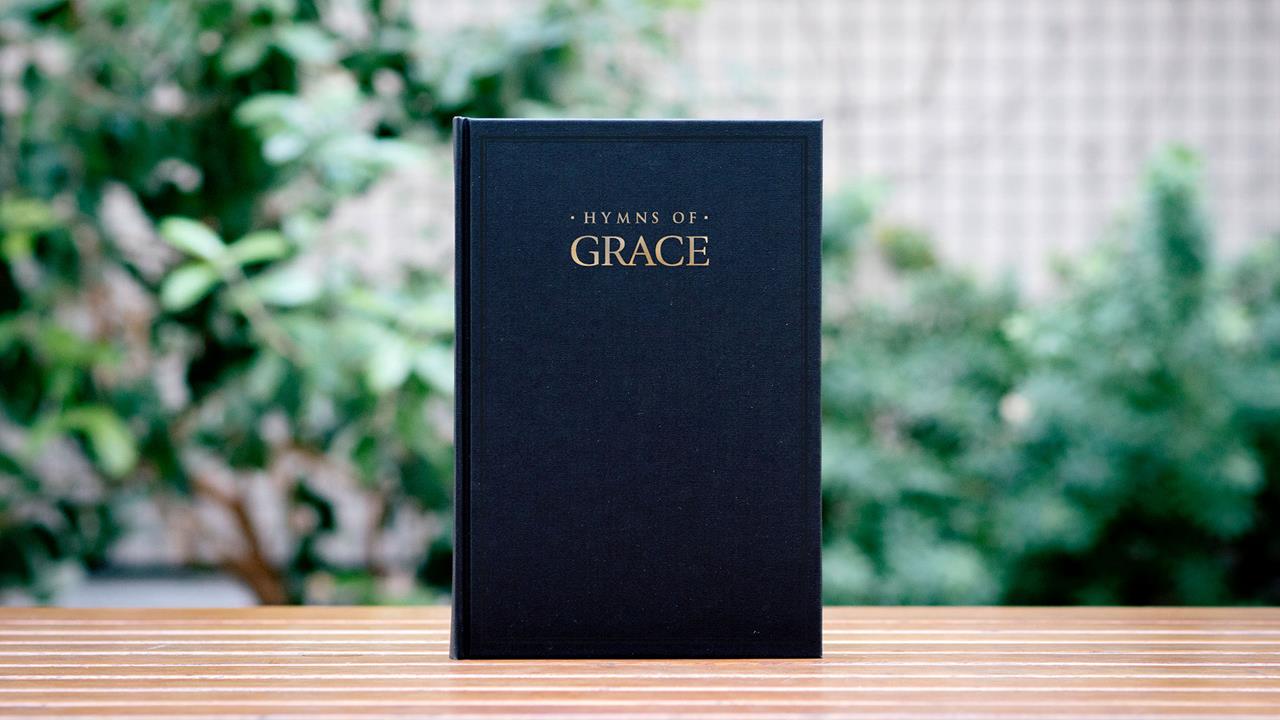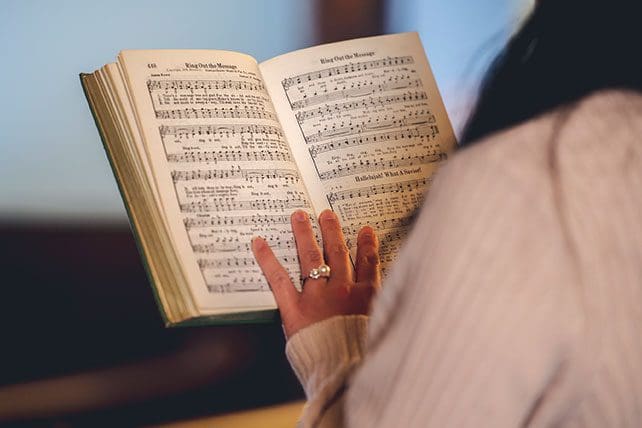O Day of Rest and Gladness
Lyrics
O day of joy and light,
O balm of care and sadness,
most beautiful, most bright;
on thee the high and lowly,
through ages joined in tune,
sing "Holy, holy, holy,"
to the great God Triune.
the light first had its birth;
on thee, for our salvation,
Christ rose from depths of earth;
on thee, our Lord victorious,
the Spirit sent from heav'n;
and thus on thee, most glorious,
a triple light was given.
the heav'nly manna falls;
to holy convocations
the silver trumpet calls,
where gospel light is glowing
with pure and radiant beams,
and living water flowing
with soul-refreshing streams.
from this our day of rest,
we reach the rest remaining
to spirits of the blest;
to Holy Ghost be praises,
to Father, and to Son;
the church her voice upraises
to Thee, blest Three in One.
Bible Reference
Psalm 118:24
About This Hymn
“O Day of Rest and Gladness” is a joyful and reverent hymn written by Christopher Wordsworth, an Anglican bishop and respected scholar, in 1862. The hymn is a tribute to the Christian Sabbath—the Lord’s Day—and celebrates its spiritual significance as a time of worship, renewal, and communion with God. Drawing heavily on both Old and New Testament themes, the hymn views Sunday not merely as a day of rest from labor but as a foretaste of the eternal rest and gladness promised in heaven.
Each stanza of the hymn reflects on various blessings associated with the Lord’s Day. The first verse praises the Sabbath as a day given by God for rest and spiritual refreshment. Wordsworth speaks of the day as filled with “light and life and grace,” emphasizing its role in nurturing the believer’s soul. The second stanza links the Lord’s Day to the story of redemption: it recalls creation's rest, the giving of the Law at Sinai, Christ’s resurrection, and the descent of the Holy Spirit at Pentecost. Through these associations, the hymn connects the Sabbath to God’s mighty acts in history, making it a living testimony of divine grace.
The third verse highlights the practical spiritual benefits of Sunday worship. It is described as a time when hearts are lifted in praise, the Word of God is preached, and the soul is fed by heavenly truth. Worship is not just a duty but a delight, as believers sing with the saints and angels in adoration of their risen Lord. The final stanza anticipates the eternal Sabbath that awaits in heaven, calling Sunday a “type” or symbol of the everlasting joy that will one day be experienced in the presence of God. This eschatological vision provides hope and encouragement, reminding the worshiper that the joys of this day are just a glimpse of greater things to come.
Christopher Wordsworth, the hymn’s author, was the nephew of the famous poet William Wordsworth and a man of deep learning and piety. His hymns were marked by theological richness and poetic elegance. “O Day of Rest and Gladness” is considered one of his finest contributions to hymnody. The hymn is frequently sung to well-known tunes such as Ellacombe and Mendebras, both of which lend a bright and uplifting character to the text.
Through poetic imagery and scriptural allusion, “O Day of Rest and Gladness” invites Christians to treasure the Lord’s Day—not only as a commandment to obey but as a gift to enjoy. It calls the church to rest in God’s grace, rejoice in His salvation, and look forward to the eternal Sabbath where there will be no more night, only the light of God’s glory forever.


📬 Subscribe to Our Devotional Updates
Receive weekly hymns, devotionals, and website features directly in your inbox.
Hymn Information

- Category: Hymn
- Author/Writer: Christopher Wordsworth (1862)
- Added: July 18, 2025
- Last Updated: July 18, 2025
- Views: 741
MIDI File
More Hymns by Christopher Wordsworth
Popular Hymns
Recent Blog Posts
Popular Blog Posts
Visit Us on Social Media
Latest from X (Twitter)
Tweets by HymnalLibraryLatest from Facebook
Latest on YouTube
Daily Bible Verse
Disclaimer
The hymns, sheet music, MIDI files, and related content on this website are provided for educational and research purposes only.
- Public Domain: Many of the hymns featured here are in the public domain and may be freely used.
- Copyrighted Works: Some hymns may still be under copyright protection. Where applicable, permission has either been requested from the copyright owner, or the content is shared under the principles of fair use for educational purposes.
⚠️ Important Notice: If you wish to reproduce, distribute, or use any copyrighted hymn beyond personal study or educational use, you must obtain permission directly from the copyright holder. This website does not grant any rights for commercial use yet.
If there is any other question please address it to us in our Contact Page, for further assistance. Thank you for using the site. May God Bless You.









